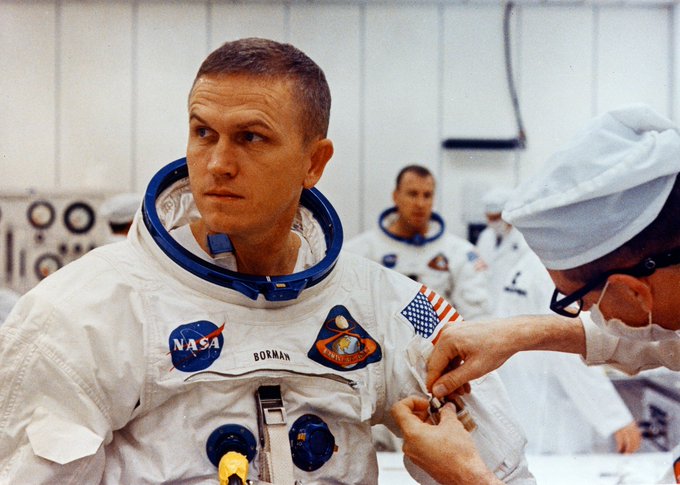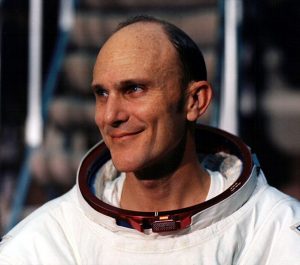Frank Borman, the renowned astronaut who served as the commander of the Apollo 8 mission and later took the helm as chief executive of Eastern Air Lines, has died at the age of 95. His passing, attributed to a stroke, was confirmed by family spokesperson Jim McCarthy on November 7 at a medical center in Billings, Montana. Borman’s legacy spans a remarkable journey from his trailblazing feats in space exploration to his later endeavors in the commercial aviation industry.
Who was Frank Borman?
Frank Borman, born on March 14, 1928, in Gary, Indiana, grew to prominence as a distinguished Air Force test pilot before joining NASA’s prestigious astronaut corps. He earned accolades for his extraordinary accomplishments, including his command of the Gemini 7 mission, during which he and fellow astronaut James A. Lovell Jr. set an endurance record in space. Their exemplary performance paved the way for subsequent lunar missions.
Also Read: Who is John Rote? Manhattan man charged for shooting to prevent robbery
Borman’s most notable achievement came in 1968 when he led the Apollo 8 crew, becoming one of the first humans to depart Earth’s gravitational field and orbit the moon. During this historic voyage, the crew delivered a live Christmas Eve message back to Earth, capturing the hearts of millions and solidifying their place in space exploration history.
Beyond his contributions to space exploration, Borman showcased his astute leadership as the CEO of Eastern Air Lines, where he navigated the carrier through a tumultuous business climate, ultimately facing its takeover and demise.
Throughout his career, Borman exemplified unwavering commitment and perseverance, both in the pursuit of scientific advancement and in his determination to steer Eastern Air Lines toward profitability. His legacy will be remembered as a testament to the indomitable spirit of human exploration and enterprise, leaving an indelible mark on the history of space travel and commercial aviation.







